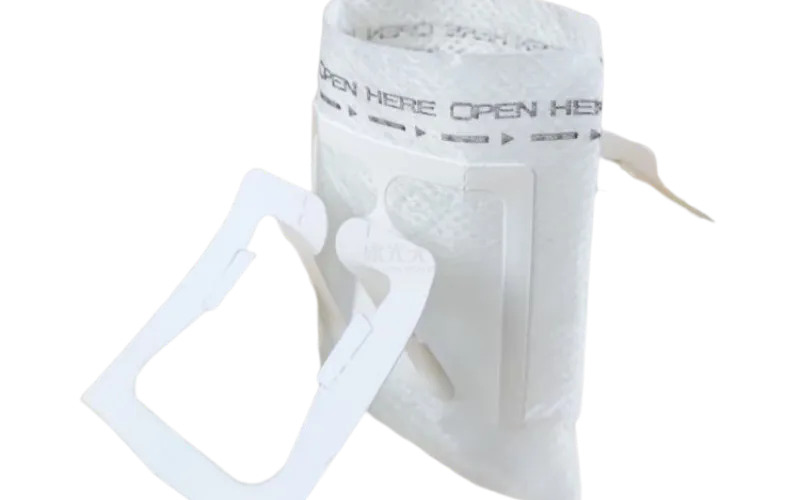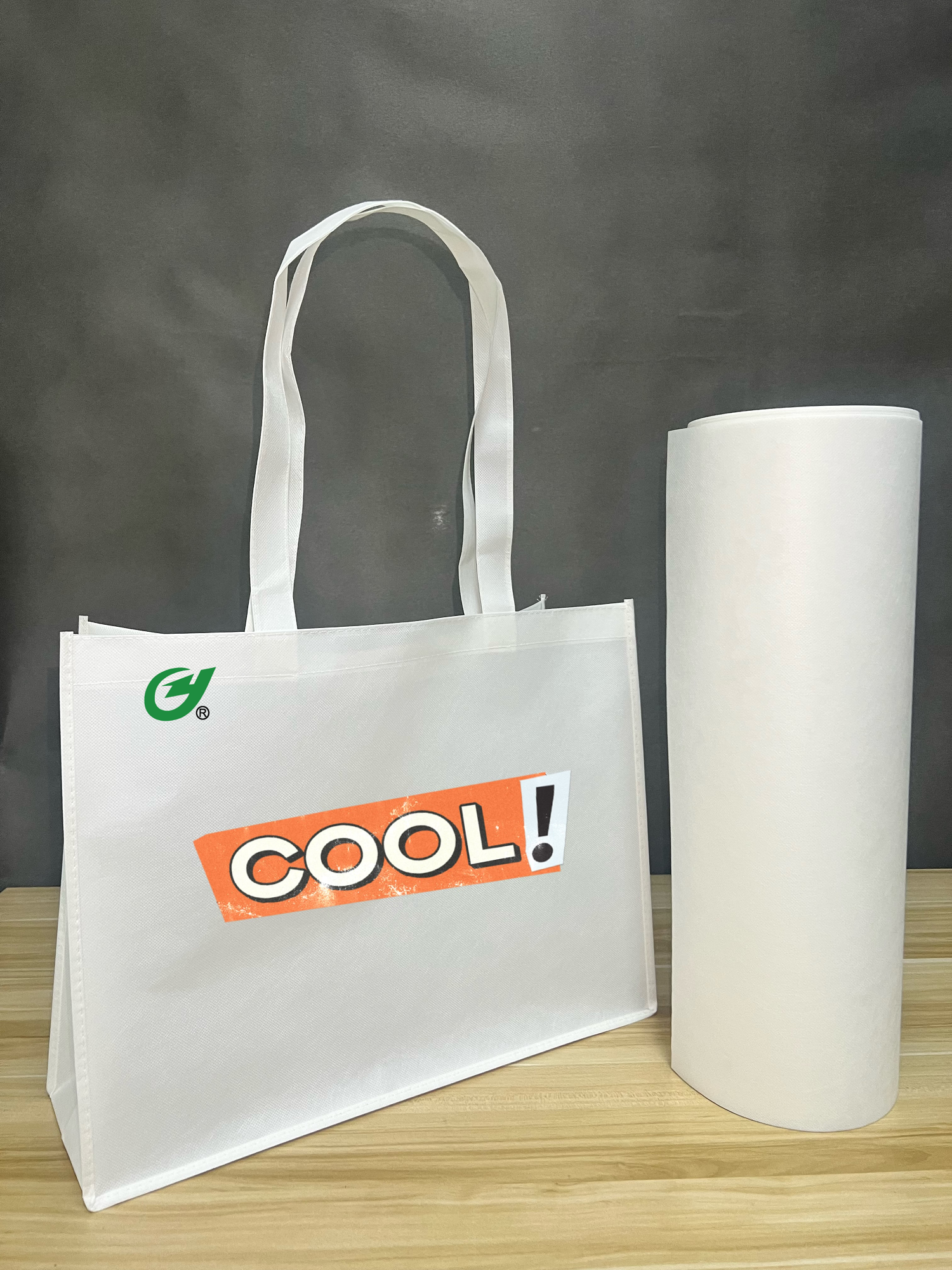Call Us
+86-13505731370
Email Us
alice@ygnonwoven.com
Advantages of non-woven fabrics
2022-02-21
Non-woven fabrics, also known as non-woven fabrics, needle-punched cotton, needle-punched non-woven fabrics, etc., are made of polyester fiber, polyester fiber (referred to as: PET) material, and are made by acupuncture process. hardness, etc.
1. Lightweight: Polypropylene resin is used as the main raw material for production, with a specific gravity of only 0.9, only three-fifths of cotton, with fluffy and good hand feeling.
2. Soft: It consists of fine fibers (2-3D) and is formed by light point-like hot melt bonding. The finished product is moderately soft and comfortable.
3. Water repellency and breathability: Polypropylene chips do not absorb water, have zero moisture content, and the finished product has good water repellency. It is composed of 100% fiber, which is porous and has good air permeability. It is easy to keep the cloth surface dry and easy to wash.
4. It can purify the air and use the advantages of small holes to keep bacteria and viruses out.
5. Non-toxic and non-irritating: The product is produced with FDA-compliant food-grade raw materials, does not contain other chemical ingredients, has stable performance, is non-toxic, has no peculiar smell, and does not irritate the skin.
6. Antibacterial and anti-chemical agents: Polypropylene is a chemically passive substance, not moth-eaten, and can isolate the erosion of bacteria and insects in the liquid; antibacterial, alkali corrosion, and finished products do not affect the strength due to erosion.
7. Antibacterial. The product is water-repellent, not moldy, and can isolate the erosion of bacteria and insects in the liquid, and is not moldy.
8. Good physical properties. It is made of polypropylene spun directly into a mesh and thermally bonded. The strength of the product is better than that of the general staple fiber product, the strength is non-directional, and the vertical and horizontal strengths are similar.
9. In terms of environmental protection, the raw material of most non-woven fabrics used is polypropylene, while the raw material of plastic bags is polyethylene. Although the two substances have similar names, they are quite different in chemical structure. The chemical molecular structure of polyethylene is quite stable and extremely difficult to degrade, so it takes 300 years for plastic bags to decompose; while the chemical structure of polypropylene is not strong, the molecular chain can be easily broken, so that it can be effectively degraded , and enter the next environmental cycle in a non-toxic form, a non-woven shopping bag can be completely decomposed within 90 days. Moreover, non-woven shopping bags can be reused more than 10 times, and the pollution to the environment after disposal is only 10% of that of plastic bags.
1. Lightweight: Polypropylene resin is used as the main raw material for production, with a specific gravity of only 0.9, only three-fifths of cotton, with fluffy and good hand feeling.
2. Soft: It consists of fine fibers (2-3D) and is formed by light point-like hot melt bonding. The finished product is moderately soft and comfortable.
3. Water repellency and breathability: Polypropylene chips do not absorb water, have zero moisture content, and the finished product has good water repellency. It is composed of 100% fiber, which is porous and has good air permeability. It is easy to keep the cloth surface dry and easy to wash.
4. It can purify the air and use the advantages of small holes to keep bacteria and viruses out.
5. Non-toxic and non-irritating: The product is produced with FDA-compliant food-grade raw materials, does not contain other chemical ingredients, has stable performance, is non-toxic, has no peculiar smell, and does not irritate the skin.
6. Antibacterial and anti-chemical agents: Polypropylene is a chemically passive substance, not moth-eaten, and can isolate the erosion of bacteria and insects in the liquid; antibacterial, alkali corrosion, and finished products do not affect the strength due to erosion.
7. Antibacterial. The product is water-repellent, not moldy, and can isolate the erosion of bacteria and insects in the liquid, and is not moldy.
8. Good physical properties. It is made of polypropylene spun directly into a mesh and thermally bonded. The strength of the product is better than that of the general staple fiber product, the strength is non-directional, and the vertical and horizontal strengths are similar.
9. In terms of environmental protection, the raw material of most non-woven fabrics used is polypropylene, while the raw material of plastic bags is polyethylene. Although the two substances have similar names, they are quite different in chemical structure. The chemical molecular structure of polyethylene is quite stable and extremely difficult to degrade, so it takes 300 years for plastic bags to decompose; while the chemical structure of polypropylene is not strong, the molecular chain can be easily broken, so that it can be effectively degraded , and enter the next environmental cycle in a non-toxic form, a non-woven shopping bag can be completely decomposed within 90 days. Moreover, non-woven shopping bags can be reused more than 10 times, and the pollution to the environment after disposal is only 10% of that of plastic bags.
X
We use cookies to offer you a better browsing experience, analyze site traffic and personalize content. By using this site, you agree to our use of cookies.
Privacy Policy

























